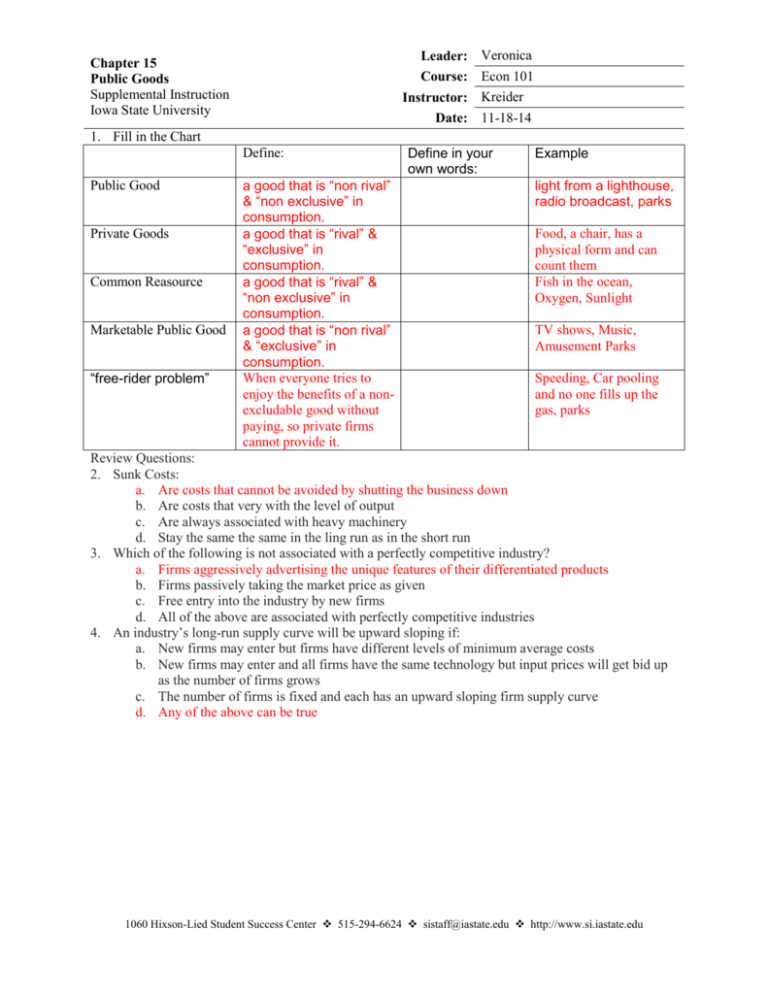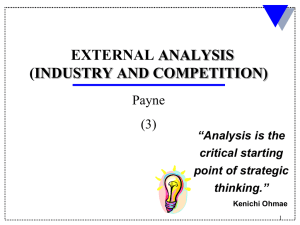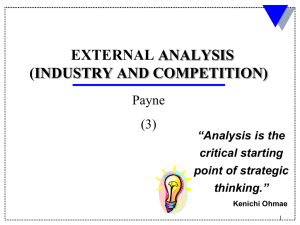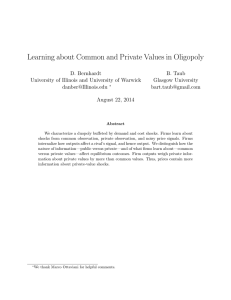Chapter 15 Public Goods KEY
advertisement

Leader: Veronica Course: Econ 101 Instructor: Kreider Chapter 15 Public Goods Supplemental Instruction Iowa State University Date: 11-18-14 1. Fill in the Chart Define: Public Good Private Goods Common Reasource Marketable Public Good “free-rider problem” a good that is “non rival” & “non exclusive” in consumption. a good that is “rival” & “exclusive” in consumption. a good that is “rival” & “non exclusive” in consumption. a good that is “non rival” & “exclusive” in consumption. When everyone tries to enjoy the benefits of a nonexcludable good without paying, so private firms cannot provide it. Define in your own words: Example light from a lighthouse, radio broadcast, parks Food, a chair, has a physical form and can count them Fish in the ocean, Oxygen, Sunlight TV shows, Music, Amusement Parks Speeding, Car pooling and no one fills up the gas, parks Review Questions: 2. Sunk Costs: a. Are costs that cannot be avoided by shutting the business down b. Are costs that very with the level of output c. Are always associated with heavy machinery d. Stay the same the same in the ling run as in the short run 3. Which of the following is not associated with a perfectly competitive industry? a. Firms aggressively advertising the unique features of their differentiated products b. Firms passively taking the market price as given c. Free entry into the industry by new firms d. All of the above are associated with perfectly competitive industries 4. An industry’s long-run supply curve will be upward sloping if: a. New firms may enter but firms have different levels of minimum average costs b. New firms may enter and all firms have the same technology but input prices will get bid up as the number of firms grows c. The number of firms is fixed and each has an upward sloping firm supply curve d. Any of the above can be true 1060 Hixson-Lied Student Success Center 515-294-6624 sistaff@iastate.edu http://www.si.iastate.edu In the figure, assume that average total costs and marginal costs are the same in the long and short runs. 5. At which of the following prices would a competitive firm stay in business in the short run but not in the long run? a. 3 b. 5 c. 8 d. None of the above 6. At which of the following prices would a competitive firm stay in business in the long run but not in the short run? a. 3 b. 5 c. 8 d. None of the above Assume Mama Mia Pizza has: TR=12Q, where Q = # of pizzas sold & TC=2000 + 2Q 7. What is Mama Mia’s AFC if they sell 100 pizzas? a. $120 b. $2000 c. $20 d. $22 8. How many pizzas must Mama Mia sell in order to break even? a. 100 b. 200 c. 167 d. 143












